Introduction: Internationalization
As universities continue to make the commitment toward internationalizing their campuses and their curriculums, it has become evident that there is no singular path toward internationalization. Comprehensive internationalization, as defined by the American Council on Education (ACE), is a strategic, coordinated process that seeks to align and integrate policies, programs, and initiatives to position colleges and universities as more globally oriented and internationally connected institutions (https://www.acenet.edu/news-room/Pages/CIGE-Model-for-Comprehensive-Internationalization.aspx). Nevertheless, just within the US, how universities choose to internationalize is dependent upon many factors, and when you take this question beyond the US’s borders, the variables increase dramatically. For campus leaders tasked with developing internationalization strategies, the question is not necessarily “What can we do to internationalize in the best way?”, but instead, “How can we be expected to internationalize when something seemingly as basic as access is such a problem?”
The mission of the American Higher Education Alliance (AHEA) is to facilitate opportunities in higher education to enhance the international learning experience. In other words, AHEA hopes to find ways to help university leaders focus on the former question and move them away from the challenges that the latter presents. While it is obvious that there are many challenges that some might consider barriers for access and internationalization, these barriers are certainly not insurmountable. We hope to tackle internationalization questions in a way that will provoke formal action to counter these barriers, so that these questions do not linger perpetually as annual discussion points at conferences. For example, we hope to be able to find interesting cases from around the globe that will stimulate conversations on your own campuses, as well as with your partner institutions, prompting your own creative solutions. You may find through these ensuing articles that there are a number of institutions that are in your same shoes, even though they are halfway around the globe.
Among the various topics we hope to tackle over time are:
- What are internationalization strategies in other countries?
- How do institutions budget for internationalization in the US? Elsewhere?
- How do universities value internationalization practices?
- What is the process for students in countries outside the US to get into college?
- When making interinstitutional agreements, does equity actually exist?
- How can we work toward internationalization without leaving our home campus?
- Can short term programming be truly effective for internationalization? Must it be, from an “access” perspective?
- How can technology be effective for education abroad opportunities?
- What mobility trends seem to be most likely to determine the future of internationalization efforts?
- What types of programs are the most effective for internationalization strategies?
- How can faculty get involved in universities’ internationalization strategy?
- How are universities recognizing international scholarship and study abroad work for faculty tenure decisions?
- What are the best ways to assess internationalization?
- Is it appropriate to expect students from other countries to adapt entirely to the US system?
- How do students actually benefit from internationalization?
AHEA is committed to working with universities and other key stakeholders in order to ensure that we all recognize the barriers that are present both currently and those that may come in the future, and then to work through them. These conversations will be ongoing and fluid, based on discussions with the community at large. We look forward to hearing from constituencies from the north and the south, from institutions of all forms and sizes, to understand how you are tackling these issues internally. We also hope to connect similar institutions, regardless of whether they come from the same country or have the same mission or size, to work together as they tackle these issues. We invite you to let us know about other topics that you consider pertinent, and we look forward to working on them with you.
